This article provides the Instrument Technician Interview questions and answers.
Instrument Technician Interview
Field Instrumentation
What does ARRH and # refer to in valve specification?
AARH refers to average roughness height and is a measure of roughness of sealing surface of a flange. The # refers to ANSI class of flange/valve and is indicative of its pressure rating.
What does DN stand for in valve size?
DN stands for Diameter Nominal. It is a flange size of the valve.
What is the full form of ASTM standard?
ASTM stands for American Society for Testing of Materials.
What does BENCH RANGE refer to in an actuator?
The bench range/set of an actuator/control valve combination refers to the air pressure required to fully open/close the valve out of line when it is not subjected to process fluid forces.
Why control mode specification is given in the data sheet of the transmitter?
Not mandatory. This is controller specification. Direct OR reverse.
What is the use of the diode in series to the coil in a relay?
A diode is often used in parallel with a relay coil to dissipate energy stored in coil inductance when the coil is disconnected from the electric circuit. It is also known as freewheeling diode.
Where and Why are “O” Rings used in DPT’?
For providing leak proof seal.
Why is earthing provided in the rack room if the power supplies present are floating
Earthing is provided in rack room for purpose of safety. Even if power supplies are kept floating.
Relationship between AWG & mm2
A) AWG was used prior SI standards to specify the diameter of the core of the electrical wires.
B) Both awg and mm2 are used to specify size of cross section of a wire/conductor. The relationship is found in a standard table – westermann’s tables.
Advantages of Displacer type Level switch to float type switch?
Displacer type switches involve very little movement whereas float type switches involve large movement of float and hence are more likely to get stuck-up. However float switches can be used over a much longer range than a displacer switch.
Construction of micro switch
A micro switch is a small switch consisting of a tiny spring loaded plunger which operates an electrical contact when actuated. This arrangement is encaged in a plastic housing. It is very commonly found in pressure switches.
Where should we use top mounted or side mounted level switch?
The type of switch to use depends on size of the vessel and the location of actuating level. If the vessel is small or actuating level is near the top, top mounted switch can be used. In a large vessel with intermediate actuation points, side mounted switch is used. A top mounted switch needs a stilling well.
Application of PCV
A PCV is a self-actuated pressure control valve used to maintain upstream or downstream pressure at a set pressure using force from the process fluid if necessary.
Difference between PSV & PRV
A pressure safety valve is used to relieve over-pressure by releasing relatively small volumes of material and installed on smaller vessels.
A pressure relef valve is used to relieve over-pressure by releasing relatively large volumes of material and installed on large vessels/tanks.
Why PSV in Cooling water line at outlet of a heat exchanger is required?
The PSV in cooling water line at the outlet of a heat exchanger is actually a thermal safety valve and is used to relieve overpressure due to thermal expansion of water.
Comparison of PD meter, turbine meter & Coriolis meter in Custody transfer applications..(Accuracy wise)
A PD meter, a turbine meter or a coriolis meter may all be used in custody transfer. A PD meter or a turbine meter typically deliver accuracy around 0.5% and contain moving parts and require more maintenance and indicate volumetric flow.
A good coriolis meter involves almost no wear and tear, needs less maintenance effort, delivers accuracy close to 0.1% and directly indicates mass flow.
For custody transfer of gas service ultrasonic multi-path flow meters are also used with accuracy up to 0.35%. They are maintenance free and having very good diagnostic features.
What is a thermal relief valve?
A thermal relief valve is typically used to relieve over pressure due to thermal expansion of liquid in pipelines.
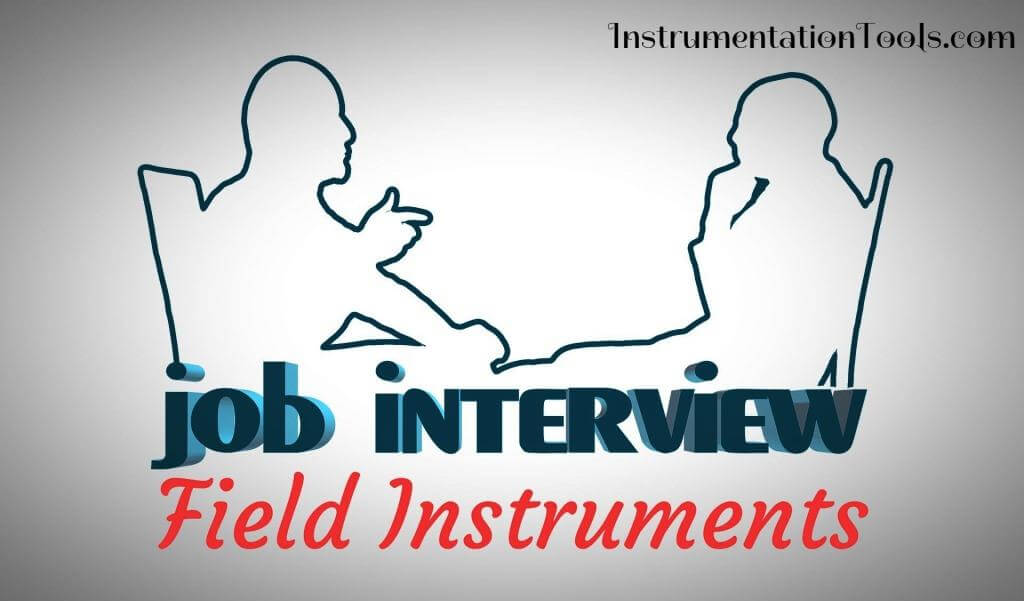
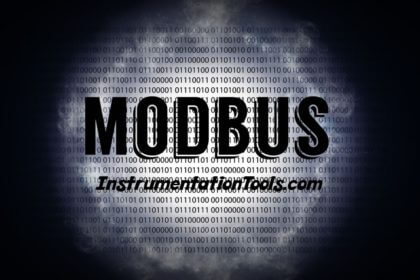
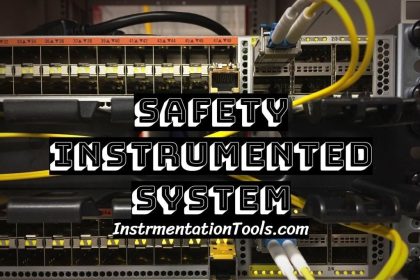
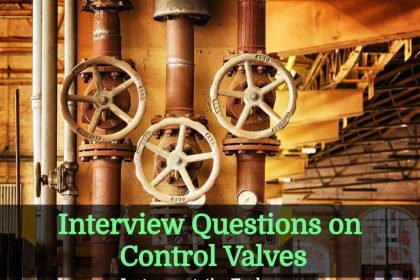



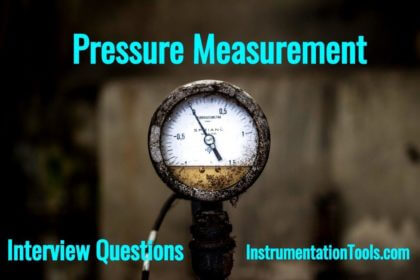
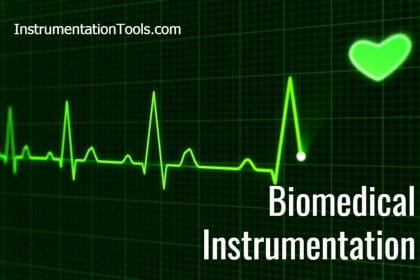
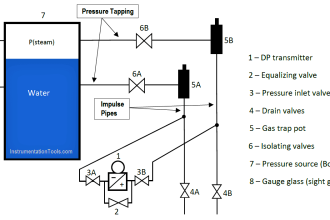
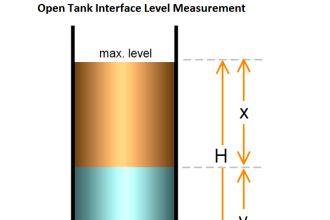
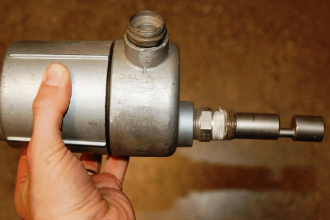



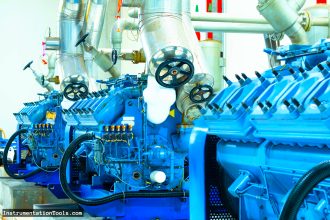


Please send me F& G q&a on my mail id
Hi, Print button available at the bottom of the article. You can generate a pdf file using the print button.